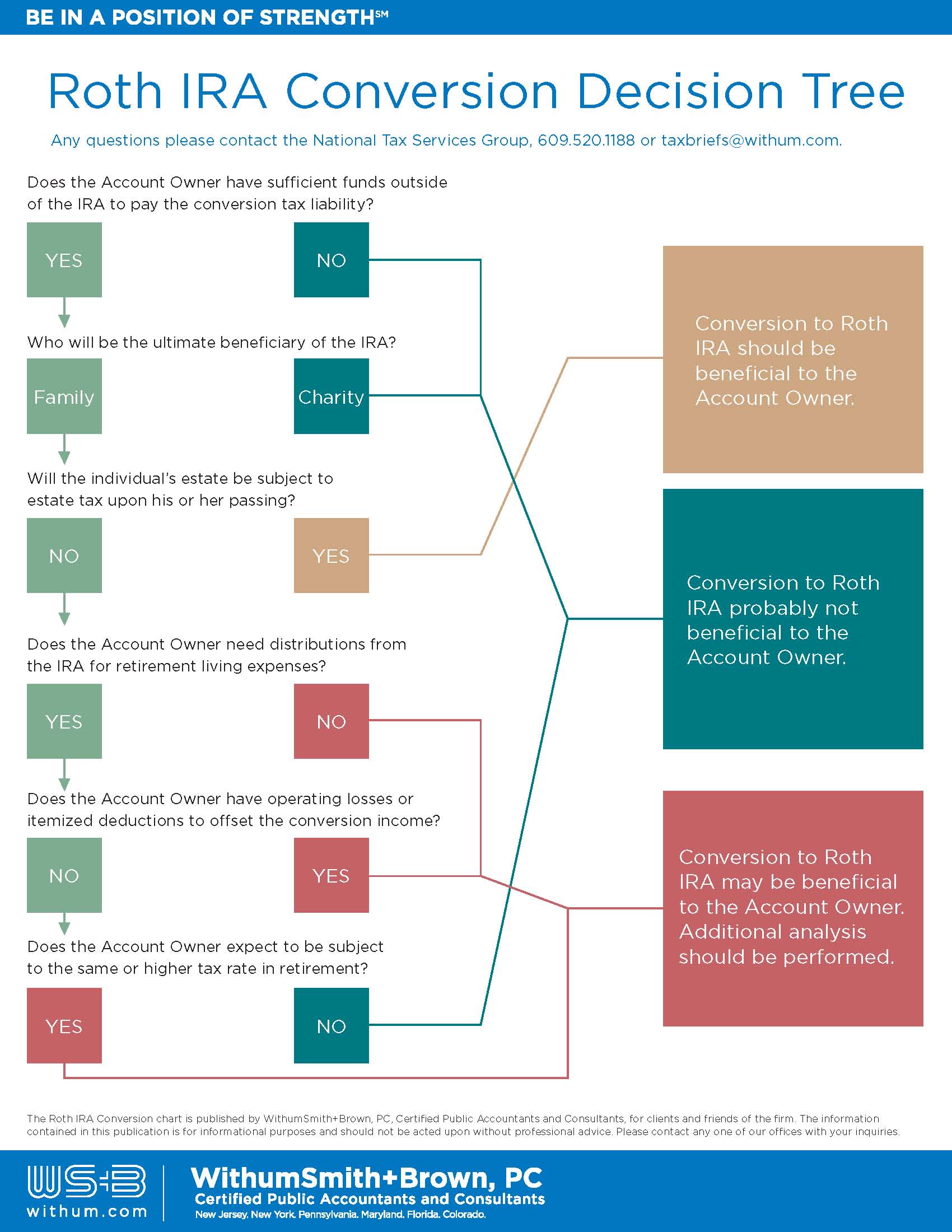Table of Content
Instead, any IRA or Roth IRA distribution taken within one year of the previous distribution would be subject to taxation and the 10% early distribution penalty if under age 59½. There are no remedies available under the tax rules or from the IRS. Additionally, if a client does attempt to make a rollover deposit, the funds would then be treated as an excess contribution and may be subject to an annual 6% penalty unless properly corrected. There is nothing in the rules that prohibits an individual from taking a distribution whenever they want from their IRA and for whatever purpose they choose. There is also no rule that limits what can be done with the money while it is out of the IRA during the 60-day period before the rollover. So yes, technically, it is possible to take money from an IRA as a “short-term loan” for a real estate purchase using the 60-day rollover rule.
However, you don’t get the same flexibility as you would when using money from a Roth IRA. Because you only withdrew $5,000 of earnings, you could still withdraw up to $5,000 of earnings for a future home purchase, provided you meet the IRS first-time homebuyer criteria again. "As long as we can meet the five-year rule, they can use all contributions plus up to $10,000 of gain, free of tax and penalty," Galli said. As long as we can meet the five-year rule, they can use all contributions plus up to $10,000 of gain, free of tax and penalty. Depending on your situation, a Roth individual retirement account could help. Up to $10,000 in Roth IRA earnings can be withdrawn — free of both taxes and penalty — for a home purchase if you meet certain requirements.
Pay
Unless you specifically opened the IRA to set money aside for a home purchase, you should consider other funding options. If you wipe out your initial investments today, it can set back your retirement savings by many years. Full BioJean Folger has 15+ years of experience as a financial writer covering real estate, investing, active trading, the economy, and retirement planning.

Other factors, such as our own proprietary website rules and whether a product is offered in your area or at your self-selected credit score range can also impact how and where products appear on this site. While we strive to provide a wide range offers, Bankrate does not include information about every financial or credit product or service. Instead of borrowing from your IRA, you can establish an entity, fund it with the savings in your IRA, and use that entity to buy an interest in the business.
Traditional IRA Withdrawal Rules
A 401 plan is a tool to help you save for retirement by offering tax advantages. With a traditional 401, you can deduct your contributions from your taxable income to lower your tax bill for the year. With a Roth 401, you make contributions with after-tax funds, then you can make withdrawals tax free, including on earnings, in retirement. When you’re buying your first home, saving up a down payment is one of the biggest challenges. One source you can turn to is your Roth IRA. A Roth IRA is an individual retirement account you fund with after-tax dollars, then make tax-free withdrawals from in retirement. In some circumstances, you can also use up to $10,000 of your Roth IRA earnings toward a home purchase without paying taxes or penalties.

To use the IRS’s first-time homebuyer and withdraw $10,000 for your home purchase, you’ll have to meet a few different requirements. First, you can only use the money for qualified acquisition costs, which include the cost of building, buying, or rebuilding the home, as well as any costs related to financing or settlement. The withdrawal also must be used within 120 days of the distribution and be used to pay for expenses related directly to the home purchase, such as a down payment or other closing costs. Those amounts don't include other costs related to the purchase, such as transfer taxes or points, which generally lower the interest rate on the loan. NerdWallet strives to keep its information accurate and up to date. This information may be different than what you see when you visit a financial institution, service provider or specific product’s site.
Taking money out of 401(k) when disabled: Can I get my 10 percent penalty back?
He has been writing since 2009 and has been published by "Quicken," "TurboTax," and "The Motley Fool." Financial adviser Sarah Brenner lays out the possible benefits and significant risks related to using IRA funds to buy real estate. A loan from an IRA or IRA-based plan would result in a prohibited transaction. That said, there are some ways to get money out of your traditional IRA or Roth IRA in a pinch.
Regardless of your age, withdrawals will be taxed if you’ve had your Roth IRA for less than five years, unless you qualify for an exception. You can withdraw up to $10,000 of earnings while avoiding taxes and fees if you’re using the funds for a first-time home purchase. While those contributions are yours whenever you want them, the same can't be said for any growth in the account.
Can I Use My IRA to Buy a House?
Read our editorial process to learn more about how we fact-check and keep our content accurate, reliable, and trustworthy. To protect your retirement and minimize tax complications, it may be best to borrow with an unsecured loan. If you need money, you may be tempted to borrow against your IRA, since it might be one of your most valuable assets. Unless you're out of options, you may want to save that money for your future.

In preparing my taxes it was brought to my attention that I could get a lot more back by maxing out an IRA contribution — $5,500. The offers that appear on this site are from companies that compensate us. This compensation may impact how and where products appear on this site, including, for example, the order in which they may appear within the listing categories. But this compensation does not influence the information we publish, or the reviews that you see on this site.
Taxpayers should seek professional advice based on their particular circumstances. Our mission is to provide readers with accurate and unbiased information, and we have editorial standards in place to ensure that happens. Our editors and reporters thoroughly fact-check editorial content to ensure the information you’re reading is accurate. We maintain a firewall between our advertisers and our editorial team. Our editorial team does not receive direct compensation from our advertisers.

“For most people, using money from an IRA to pay for a home shouldn’t be your first option,” said Joe Calvetti, a CPA and the founder of Still River Financial Planning, a financial planning firm. At the same time, the cost of borrowing is relatively cheap due to low interest rates. The average rate on a conventional 30-year mortgage is about 3%, according to Bankrate.com. Encouraged by real estate professionals with potentially little knowledge of the IRA rules, clients may be eager to jump at this opportunity.
Since you can't borrow from your IRA, there are alternatives worth evaluating, depending on your needs and the reason for your loan. However, you can do a few things that are similar if you really need cash. You and your relatives can’t live in or run a business out of the property.

It’s a somewhat complicated and risky maneuver, but as long as you follow the rules, you can get money out of your IRA without owing penalties or taxes. Of course, you may not have to worry about paying the penalty or taxes if you inherit a Roth IRA, which receives the same tax-advantaged treatment as the original account. As long as the Roth was opened at least five years ago, your withdrawals will be tax- and penalty-free—even if you withdraw everything at once. If you have a traditional IRA, you have to start taking annual required minimum distributions when you reach age 72 (or 70½ if you reached 70½ before Jan. 1, 2020).

No comments:
Post a Comment